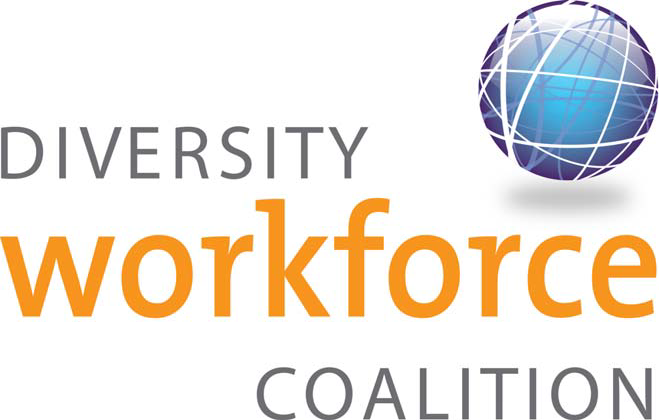By DeVry University
The U.S. is projected to become a majority-minority nation for the first time in 2043 and by 2060, 57 percent of the U.S. population will consist of racially ethnic minorities, according to data from the U.S. Census Bureau. This means that companies, business leaders and organizations must create effective solutions to recruit, support and retain a more diverse workforce. While many business leaders may already realize the importance of these population changes, certain companies still struggle to understand the best methods to achieve diversity, how to properly define diversity in the workplace or why diversity is so important.
Diversity and the bottom line
Beyond demographic shifts, diversity directly impacts the financial future of a company, says Meredith Morales, Senior Program Manager of Inclusion Recruiting, Innovation and Solutions at LinkedIn. As a diversity and inclusion consultant, Morales has advised many well-intended leaders who often wish to improve diversity in the workplace but may not fully comprehend the value diversity adds to their organizations.
“I can’t tell you the number of times I’ve heard people say they want to focus on diversity because, ‘It’s the right thing to do,’ but that’s not what this is about,” says Morales. “Being inclusive of individuals from underrepresented groups is a value add. It impacts the bottom line.”
Read more here.
